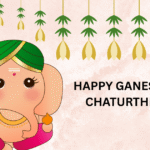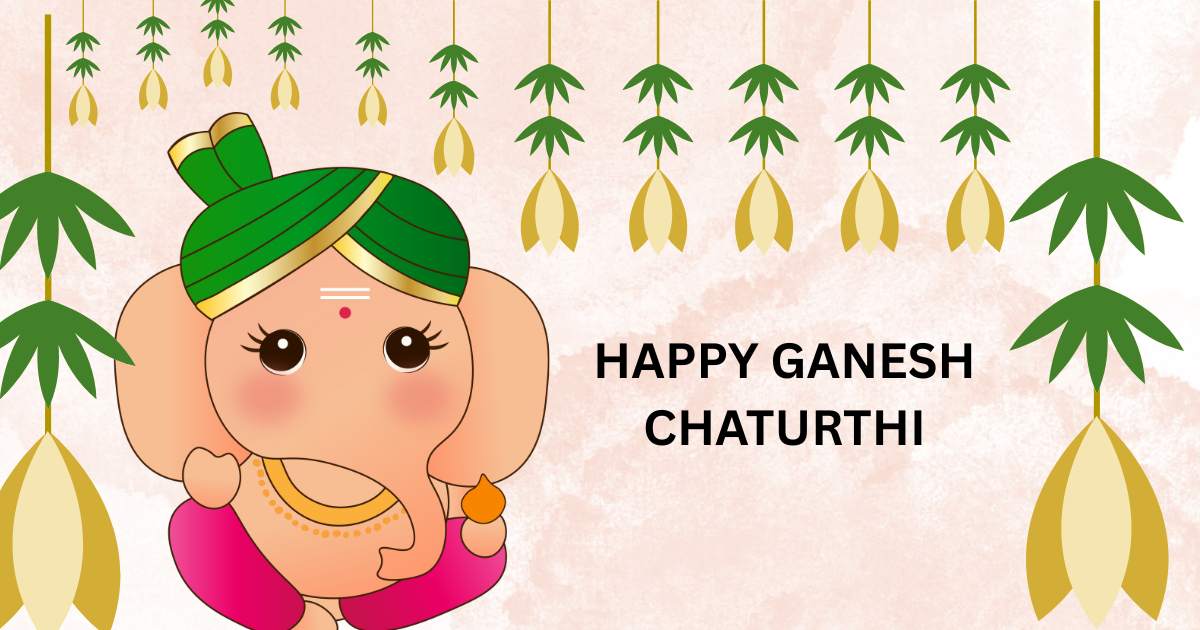India is a land of diverse cultures, and its calendar is packed with vibrant festivals and significant government holidays. These celebrations reflect the country’s rich traditions, religious beliefs, and historical events. In 2025, Ganesh Chaturthi will be celebrated on August 27, along with many other major Indian festivals and government holidays.
Ganesh Chaturthi 2025 – Date, Significance & Celebrations
Date: August 27, 2025 (Wednesday)
Significance: Ganesh Chaturthi marks the birth of Lord Ganesha, the remover of obstacles and the god of wisdom and prosperity.
Celebrations:
People bring home beautifully crafted clay idols of Lord Ganesha.
Public pandals are decorated with lights, flowers, and devotional themes.
Devotees perform aarti and offer sweets like modaks, Lord Ganesha’s favorite.
After 1.5, 5, 7, or 10 days of worship, idols are immersed in rivers or seas during Ganesh Visarjan, symbolizing Lord Ganesha’s return to his heavenly abode.
Month-wise table of major Indian festivals 2025 and government holidays in 2025.
| Month | Date | Festival Name |
| January | January 1 | New Year’s Day |
| January 6 | Guru Gobind Singh Jayanti | |
| January 13 | Lohri | |
| January 14 | Makar Sankranti / Pongal | |
| January 26 | Republic Day | |
| February | February 2 | Vasant Panchami |
| February 12 | Guru Ravidas Jayanti | |
| February 26 | Maha Shivaratri | |
| March | March 13 | Holika Dahan |
| March 14 | Holi | |
| March 30 | Ugadi / Gudi Padwa | |
| April | April 6 | Rama Navami |
| April 10 | Mahavir Jayanti | |
| April 14 | Baisakhi / Ambedkar Jayanti | |
| April 18 | Good Friday | |
| April 20 | Easter Sunday | |
| May | May 12 | Buddha Purnima |
| June | June 7 | Eid al-Adha (Bakrid) |
| June 27 | Jagannath Rath Yatra | |
| July | July 6 | Muharram |
| July 10 | Guru Purnima | |
| August | August 9 | Raksha Bandhan |
| August 15 August 16 | Independence Day Janmashtami | |
| August 27 | Ganesh Chaturthi | |
| September | September 5 | Onam / Teachers’ Day |
| September 22 | Maharaja Agrasen Jayanti | |
| October | October 2 | Gandhi Jayanti / Dussehra |
| October 20 | Diwali | |
| October 22 | Govardhan Puja | |
| October 23 | Bhai Dooj | |
| October 27 | Chhath Puja | |
| November | November 5 | Guru Nanak Jayanti |
| November 14 | Children’s Day | |
| December | December 25 | Christmas Day |
January
- Makar Sankranti (January 14): this festival marks the sun’s transition into Capricorn (Makara) and signifies the end of the winter solstice. Celebrated across India, it involves flying kites, preparing traditional sweets like sesame laddus, and taking holy dips in rivers.
February
- Vasant Panchami (February 2): dedicated to Goddess Saraswati, the deity of knowledge and arts, this day heralds the arrival of spring. Devotees, especially students and artists, worship Saraswati to seek her blessings for wisdom and creativity.
March 2025
- Holi (March 14): known as the “Festival of Colors,” Holi celebrates the victory of good over evil and the arrival of spring. People smear each other with vibrant colors, dance to traditional music, and share festive foods, fostering community harmony.
April
- Rama Navami (April 6): this festival commemorates the birth of Lord Rama, the seventh incarnation of Vishnu. Devotees read the Ramayana, chant devotional songs, and visit temples to honor his legacy of righteousness.
- Baisakhi (April 14): celebrated predominantly in Punjab, Baisakhi marks the harvest of the Rabi crop and the formation of the Khalsa in Sikhism. Festivities include traditional dances like Bhangra and Gidda, community fairs, and religious ceremonies in Gurdwaras.
May
- Buddha Purnima (May 12): observing the birth, enlightenment, and death of Gautama Buddha, followers meditate, visit monasteries, and reflect on his teachings of compassion and mindfulness.
June
- Jagannath Rath Yatra (June 27): Held in Puri, Odisha, this grand chariot festival involves transporting the deities Jagannath, Balabhadra, and Subhadra on massive wooden chariots, symbolizing their annual visit to their garden temple.
August
- Raksha Bandhan (August 9): Celebrating the bond between siblings, sisters tie a protective thread (rakhi) on their brothers’ wrists, who in return pledge to protect them and offer gifts.
- Janmashtami (August 16): Celebrating the birth of Lord Krishna, devotees fast, sing devotional songs, and reenact episodes from his life, especially the playful “Dahi Handi” event where teams form human pyramids to break a pot of curd.
September
- Ganesh Chaturthi (August 27): Honoring the birth of Lord Ganesha, the remover of obstacles, elaborate clay idols are installed in homes and public pandals. After days of worship, the idols are immersed in water bodies, symbolizing Ganesha’s return to his celestial abode.https://www.vedantu.com/blog/ganesh-chaturthi-celebrations
October
- Navratri and Dussehra (October 2): Navratri is a nine-night festival celebrating the Hindu goddess Maa Durga, the divine feminine energy, leading upto Dussehra, which signifies the victory of Lord Rama over the demon king Ravana. Festivities include traditional dances like Garba and Dandiya, theatrical enactments of the Ramayana (Ramlila), and effigy burning of Ravana.
- Diwali (October 20): Known as the “Festival of Lights,” Diwali celebrates the return of Lord Rama to Ayodhya after 14 years of exile. Homes are illuminated with oil lamps, firecrackers are burst, and sweets are shared, symbolizing the triumph of light over darkness.
November
- Guru Nanak Jayanti (November 5): commemorating the birth of Guru Nanak, the founder of Sikhism, devotees participate in processions, sing hymns, and offer community meals (langar) to all, emphasizing equality and service.
December
- Christmas (December 25): celebrated by the Christian community, Christmas marks the birth of Jesus Christ. Traditions include attending midnight mass, decorating Christmas trees, exchanging gifts, and sharing festive meals. These festivals, among many others, showcase India’s rich cultural diversity and the deep-rooted traditions that continue to unite its people in celebration.
also read: https://recenttimenews.com/most-hated-country-in-the-world/











